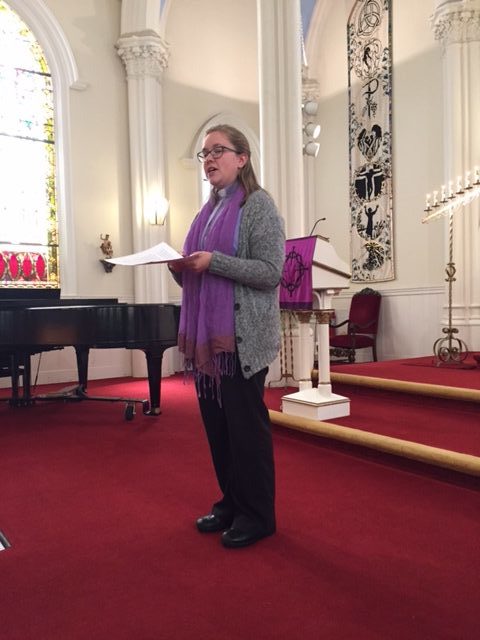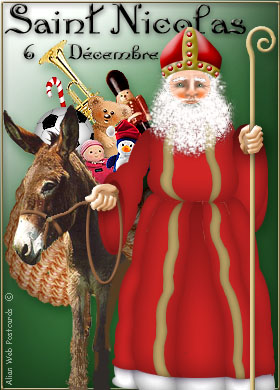Grace and peace to you, from our God who has loved us into life, redeemed us for all time, and claimed our hearts for good. Amen
I should confess, after a Gospel of such length, I’m a little bit winded already. We’ve had quite a few long Gospels readings this Lent, haven’t we? Two weeks ago we had 40 odd verses on the story of the Samaritan woman at the well and her life-changing conversation with Jesus. Last week, we heard 40 verses on debates between Jesus and the disciples and the Jewish leaders around the blind man and whether he or his parents caused his blindness through sin. This week we have 40 more verses on the story of Jesus raising Lazarus from the dead. Long stories. The people who chose these verses clearly want us to know the whole story. They don’t want us to read just a part of the story for the sake of brevity, for the sake of keeping things short and sweet. They want us to know the whole story. So, the story must be important.
As many of you know, I grew up in Alaska. I spent most of my childhood in a tiny village called Nome, surrounded by the Inupiat people, the Native Alaskans of the area. Like many first nations people, the Inupiat have a rich tradition of storytelling. Traditionally, these are oral stories, told in the same way with the same cadence with the same plot for generations. Each story teller adds a little of their self to the story, so it morphs and shifts slightly, but it stays relatively similar for decades. These are the stories that grandparents would tell their grandchildren in the depths of winter, when it was too cold and too dark to do much but huddle around the fire and survive off the heat found there. These stories aren’t just entertainment and learning didn’t happen because the stories were new every winter, but because they were repeated and became the very fabric of their culture. In these stories, elders passed on traditions, language, morals, behavioral frameworks, cultural memory, spiritual beliefs, understanding around how the universe functions, cultural identity, the list goes on. One of my favorite, a story from the Tlingit people in the south east of Alaska, tells the story of the trickster Raven stealing the sun from the Sky Chief. Raven disguises himself as the Chief’s grandson and uses the Chief’s love for his grandchild against him, stealing his most prized possession, the sun, only to throw it into the sky so that we may all benefit from its warmth and light. This story, in its entirety, tells its listeners about the importance of risking one’s own well-being for the good of the community. In this story is passed on the value of interdependence over independence, a focus on putting community first rather than self. This story, and so many more like it, teach the entire community who they are and how to view the world.
The stories of the Bible, those that first told the Jewish people who they were and how to view the world, that then told the early Christians who they were and how to view the world, that then told every generation of Christians and Jews since who they were and how to view the world, now tell us who we are and how to view our world. Our Christian stories tell us that we should love our neighbors like ourselves, that we are meant to live in community, that we have a God who was willing to take on human form, that Christ suffered death on the cross so that we may be forgiven all our sins. Our stories tell us that God holds power over all things, even death. Our stories tell us, not just who we are, but who God is.
Take, for example, our readings for today. They have so much to teach us about who our God is. In the Ezekiel reading, we learn that God is one that loves our participation. God doesn’t just raise the bones into life, but asks that the Prophet first prophesy to the bones and to the breath, calling on the Prophet’s participation before performing the miracle. In the letter to the Romans, Paul equates spirit, and therefor God, with peace and life. And then we arrive at the story of Lazarus. In this story, we learn a great many things about Jesus, who is one with God. We learn that he loved – “Jesus loved Martha and her sister and Lazarus”. We learn that he is willing to move into uncharted territory for love, moving into another country to help those he loves, moving into their village. We learn that he cries. He weeps, which is when I feel most connected to the human Jesus. He expresses deep pain and sorrow. He is wounded, in ways that make him seem more human than any other story I’ve heard of his ministry. We learn, like in other Biblical stories, that he responds to faith, responding to Martha’s faith and engaging in conversation with her. And we learn that he holds the power to raise people from the dead. We learn that God, through Jesus, holds sway over death, and in this story, we find hope in the foreshadowing of Christ’s own death and resurrection. We learn that God is life and spirit and hope. We learn that our all-powerful God takes on familiar shapes, shapes we can comprehend, and weeps with us.
What then do we learn about ourselves in this story? Like I said before, God, in Ezekiel’s text, requires our participation, so we must be willing to participate. In our Psalm for this morning, the psalmist recognizes that we will have to wait and be patient for the forgiving and redemptive forces of our God. This is not a passive waiting, but an active one. We are to wait in hope, always in hope, for God to redeem all creation. In the letter to the Romans, we are encouraged to set our sights on those things that offer us life and not those things that only offer death and separation. And in John’s gospel, we claim the identity of Christ followers, children of God, following behind the one who can cure all ills and raise the dead into life. We claim our identity as followers of the one who became like us so that we might learn how to become more like him.
Ultimately, this story tells us that we are story tellers. We continue the tradition of every human community, that of story-telling and knowledge passing. We tell stories. And at the heart of these stories is the inspiration for and source of life itself. God sits at the center of all these stories, inspiring us to return to them again and again, returning to hear the stories that instill in us hope, pride, and identity. It is in the repetition of these stories that we weave our own cultural fabric, bringing our unique threads to the weaver at the loom and watching as the entire cloth unfolds. In the winter that is Lent, in the spiritual pause we find ourselves in, may we draw closer to each other for warmth and continue telling each other the important stories of who we are and who God is. Amen.





